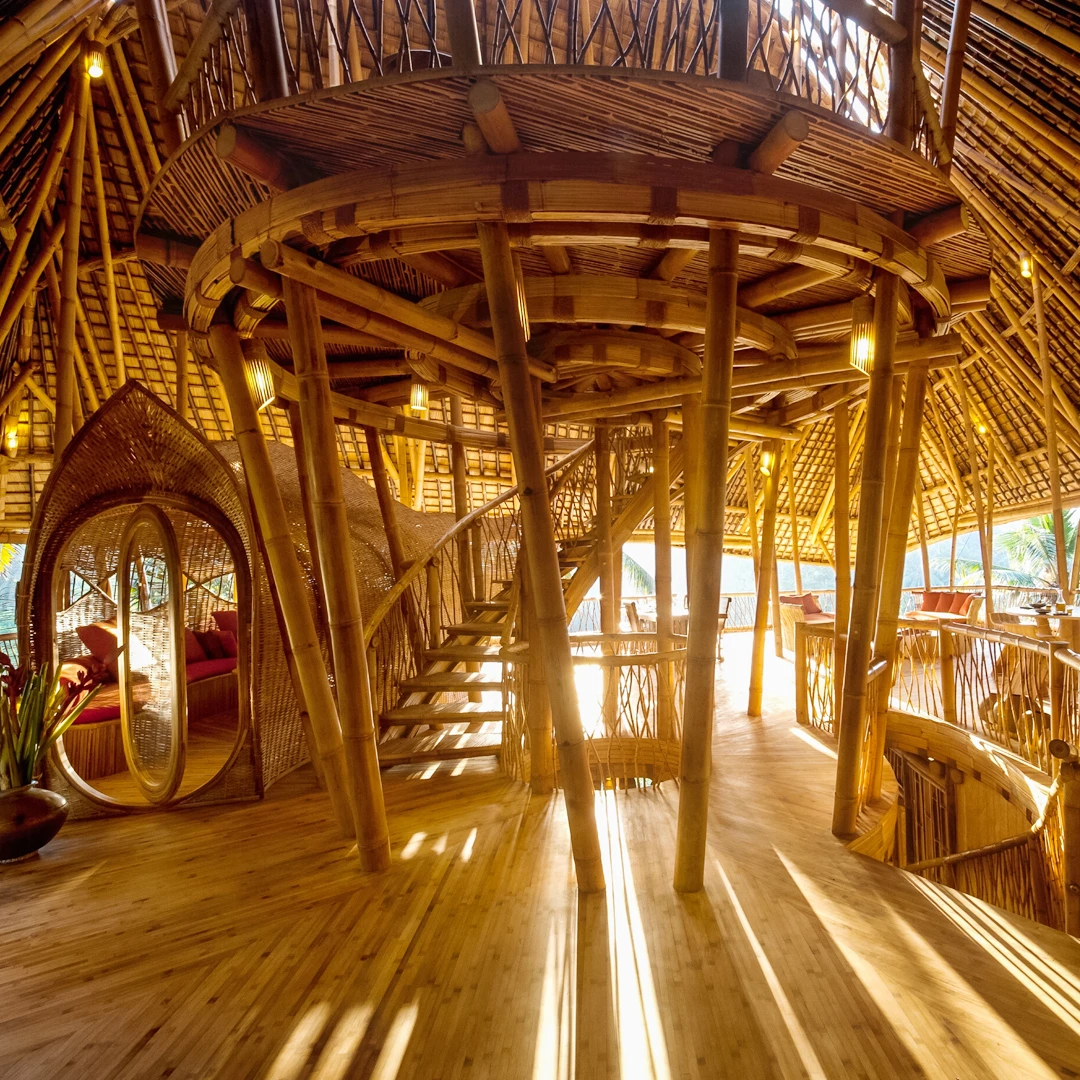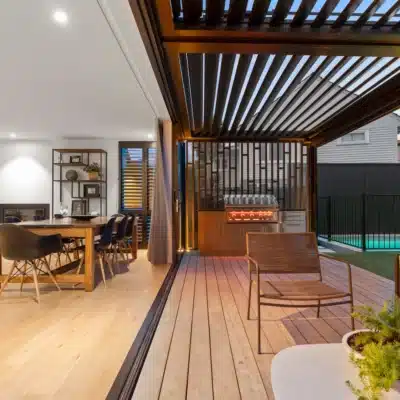
The process of subdividing and then building a house can appear daunting if you have never done it before, which is why Box™ is here to hold your hand through each step.
The jargon itself is confusing – subdivision consent, land-use consent, resource consent, building consent – with so many consents, which one do I need and when?
Then there is the uncertainty – how much will the subdivision cost, and how long does it take? We’ve all heard the horror stories.
Ultimately, the complexity of subdivided property comes with the number of different people required – from surveyors to services engineers, planning consultants, solicitors, and designers, not to mention the bank that might be financing it! Read on to learn just how you can subdivide your land in New Zealand.
What is the subdivision process?
Perhaps your existing property has too much land, or you want to develop a new rural property to build your dream home but have more space than you need. That’s where property subdivision comes in. This refers to the action of splitting up your land into separate parts, each with its own legal title. When you subdivide your property, you can develop or sell each slice of the land individually, making it a good choice to consider for landowners interested in building a new house. There are three common property subdivision types: fee simple, unit title, and cross-lease. If you’re splitting your existing title to build a new home, you will likely use fee simple subdivision, the most common form.
How do you obtain a subdivision consent?
Subdividing your property can appear very complicated, but fortunately, we have many team members who have guided various construction sites through the subdivision consent process and can help advise you.
Box™ has developed a process flow for subdivision projects, which we can customise for each individual case.
Step 1 – Checking Costs. The first step we do to help you subdivide your property is to conduct a feasibility study. This tells you whether you can subdivide based on site-specific zoning, what the risks are, what the process will be, and what the estimated costs are. At this point, you also need to talk to a lender to understand what they require before lending you money for the project. For instance, do they require a certificate of title for the new subdivision, or are they happy to partially lend when the land consent is issued?
Step 2 – Concept Development. Once we have established what the process looks like for your site and what the likely costs are, we start the development stages of the subdivision process. This includes managing the consultants involved in producing the documentation for the local council and drawing up concept house plans so we can optimise how the site is subdivided to best fit the new house(s).
Step 3 – Resource Consent. The subdivision and land use resource consent application is handled by the planner, while a licensed surveyor will assess the site and assist the designer in drawing the subdivision design plans. The planner will incorporate engineering reports and answer council questions. The council consent processing time will depend on the complexity of the process. Usually, the trickiest part is negotiating how to resolve technical stormwater and wastewater issues for the new lot. This can make it an unexpectedly lengthy process.
Step 4 – Construction. Once the council has approved consent, you are not out of the woods just yet. You will need to do the physical building work so that new titles for the subdivided land can be issued. This means creating new sewer connections for wastewater and stormwater, power connections for electricity, and access ways for vehicles. Once this is done and signed off by engineers and the council, your solicitor can lodge the documents for a new Certificate of Title!
How much does it cost to subdivide a section?
There are various costs involved in subdividing land, but the bulk (around 75%) comes after the resource consent is granted when you decide to undertake the physical infrastructure works. As a rule of thumb, we see subdivision costs totalling between $130k and $180k. These costs may include:
- Council fees for processing building consents and additional land use resource consents
- Property infrastructures and access
- Development contributions
- Professional fees for legal surveying, planning, and more
- Land Information New Zealand fees
While the overall costs may seem high, subdividing your land can often help offset the construction costs of your new dwelling. If you’re thinking about subdividing and building, contact us, and we can work through your particular case to see if it is a sensible option for your property.
See how we made it work for these projects:







